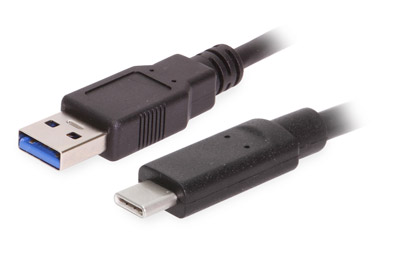Standards:
USB 2.0 Hubs
USB 3.0 (3.2 Gen 1) Hubs
USB 3.2 Gen 2 Hubs
USB Type-C Hubs
USB stands for Universal Serial Bus. The USB is the standard that is used to connect peripherals to a computer. And it’s by far the most commonly used port. And the reason why it’s so commonly used is because just like its name says, it’s universal. The USB port is used to connect many different kinds of devices, such as keyboards, mice, cameras, printers, scanners, external hard drives, flash drives, and they can even do networking and so much more. And it’s also used to charge devices such as cell phones, and desktops on laptops will have several USB ports.

Learn about the different types of USB cables, connectors,
and ports.
Learn about the different types of USB cables, connectors,
and ports.
USB has gained in popularity over many of its predecessors like serial and parallel ports for many reasons. Here are a few that make USB a popular choice for connectivity:
Learn about the technologies we work with & find the help you need before and after you purchase our products.
resource center